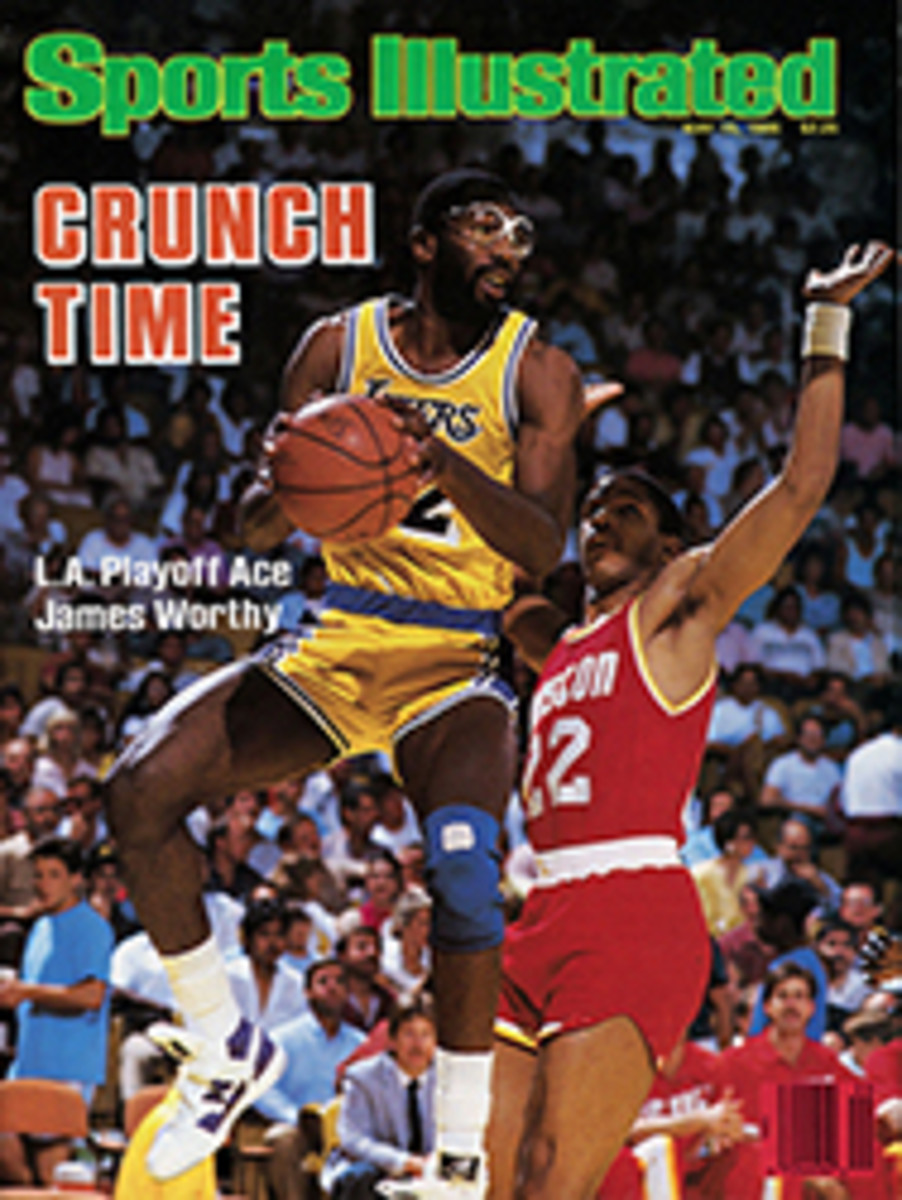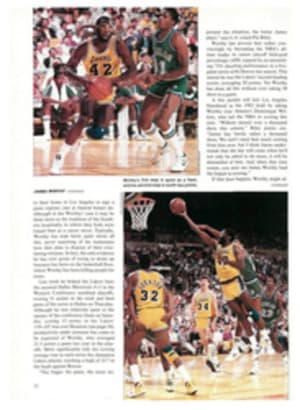
Hunkered Down For A Fast 500
At the end of practice for Saturday's first round of qualifying for the Indy 500, two things appeared certain: 1) Never had there been so many contenders with a real chance to sit on the pole—it would be "unbelievably close," said driver Bobby Rahal—and 2) There was but a whisker of speed left to be gained over the 214 miles an hour that seven drivers had achieved for a one-lap jaunt during the week. "No big jumps," promised Rick Mears. But 24 hours later, only one thing was absolute: When it comes to predicting what will happen at the Brickyard, what do drivers know?
The forecasts started coming apart early Saturday morning—a gloriously sunny day—during warmup runs for qualifying as four drivers cracked 216 mph. Leading the blurry parade was defending 500 champion Danny Sullivan, who turned a lap at 217.601 in a bright red March-Cosworth entered by Roger Penske. A tick behind Sullivan was his teammate, two-time Indy champ Mears, who hit 217.548 in an even flashier yellow March-Cosworth. Hovering right behind them were Rahal, Mario Andretti, his son Michael, two-time Formula One world champion Emerson Fittipaldi and Tom Sneva. So much for "no big jumps."
As for the other contenders, they wilted in the heat that came from the tail pipes of Mears and Sullivan. In fact, that afternoon even Sullivan drooped a bit when the track announcer shouted Mears's official qualifying speed. Sullivan had made his four-lap run at a record 215.382 average, on a track that was slicker than it had been during the warm-up. But Sullivan knew he was about to become a footnote—a record-holder for 57 minutes—as soon as Mears completed his first lap. While Mears skimmed the 2.5-mile oval, the reflection of his car shimmering on the hot track like a mirage in the desert, the track announcer gave the news to the 200,000 spectators: "Oh, no! You won't believe it! It's over 217 miles an hour!" To be precise, it was a one-lap record of 217.581, followed by laps of 217.124, 216.852 and 215.765 for a new four-lap mark of 216.828—and the pole. "I figured that first lap would be a good one, but I didn't think it would be that good," said the former bulldozer driver from Bakersfield, Calif. "When I saw the pit board for the second lap, it surprised me even more."
Sullivan, who earned the second spot in the front row for the 500, tried to explain the day's unforeseen leap in speed, more than four mph faster than Pancho Carter's 212.583 average set last year in a car powered by a V-6 Buick. "We hardly changed anything on the car," Sullivan said. "Just went back to the garage last night and massaged it a little. On my hot lap this morning I might have gotten a good draft, or maybe a cloud passed over and cooled down the track. Aw, I don't know. If I knew why the hell these things suddenly go faster, I'd be the genius of the team. Just call it qualifying-day metabolism."
Mario Andretti was the first of the big-name contenders to make his qualifying attempt, but it was at a mere 212.300; Mario had been mumbling all week that his Lola chassis needed more development to run with the best of the Marches. Then Sullivan, who was the next pole favorite to qualify, reeled off his potent but short-lived record.
As his car was being put through its qualifying countdown, Mears fueled himself with a hefty ham sandwich and a slice of zucchini bread (he is known for his relaxed state before a race, which sometimes takes the form of a snooze in the cockpit) and accepted good wishes from Michael Andretti and Rahal ("Go easy on us," they said). A few minutes after Mears's run, Michael would bump his father out of the front row, his 214.522 earning the position next outside of Sullivan. And later in the day, Rahal's 213.550 would push Mario back one more spot to fifth.
Now Mears was almost ready. But he had two crucial decisions to make. The first was about tires. Exact tire diameter is critical to an Indy car's handling, and tires expand with use. Sullivan had made a conservative tire choice, running on rubber that had been checked for expansion after the morning warmup. But new tires are faster, as long as they've been prestretched. The job is tricky—the margin for error is measured in thousandths of an inch—and incorrectly stretched tires will ruin a car's handling—so new tires are a gamble. "But that's the quickest way around the racetrack," said Mears, and that decided the issue.
His other decision had to do with the weather. He had the option of passing on his run and going to the end of the 51-car line—waiting until later in the day when it might, or might not, be cooler. Cooler would be quicker. So as his car worked its way toward the head of the line, Mears was all but running into things as he watched the sky. If one big cloud cast a three-minute shadow over the track, it could add as much as a couple of miles an hour. Mears didn't make up his mind until a track official told him it was time for his run. "I figured the heck with it; let's go," he said. "And I'm glad I did."
So is Penske Racing, the team that has won the 500 five times. The third Penske driver, 1985 Indy Car points champion Al Unser Sr., qualified a computer-designed Penske PC-15 chassis with a new Ilmor Chevrolet V-8 racing engine sixth fastest at 212.295. "I don't ever remember feeling so comfortable with a new car," said Unser. Given the average race driver's reserve about praising new equipment, that comment leads one to suspect that when Big Al was out of sight around the corner of the garage, he leaped in the air and clicked his heels.
Another Indy veteran was in a far different mood. Four-time 500 winner A.J. Foyt was prevented from making a qualifying run on Saturday when technical inspectors found a small crack in the bodywork of his car. Foyt was furious, but the stewards held firm. On Sunday A.J. qualified at 213.212, the fifth fastest in the field, but he will start in 24th place, behind all of the cars that qualified on Saturday.
Breathless after his team's performance, particularly Mears's record, Penske said, "Whew. He's strong, huh? He's something, isn't he?" Said Sullivan, "Rick's the best I've seen on an oval."
"I was a nervous wreck before the run," said Mears. "I didn't think we'd be able to beat Danny." He then proceeded to give credit to his crew, who, he said, "made my job easy." Two crew members rolled their eyes. Easy.
Back in the garage, his driving suit and the pressure off, his freshly mended feet elevated—they had been crushed in an '84 crash—Mears said, "You know, I think maybe now it's time to seriously try to slow these things down." With the fastest lap in Indianapolis history in his pocket, it was easy for him to say.
PHOTO
GEORGE TIEDEMANN
Dynamic duo: Mears (left) has won twice at the Brickyard while driving for Penske.
PHOTO
DAVID WALBERG
With a 217.581 clocking, Mears and his March shattered the single-lap mark as well.

